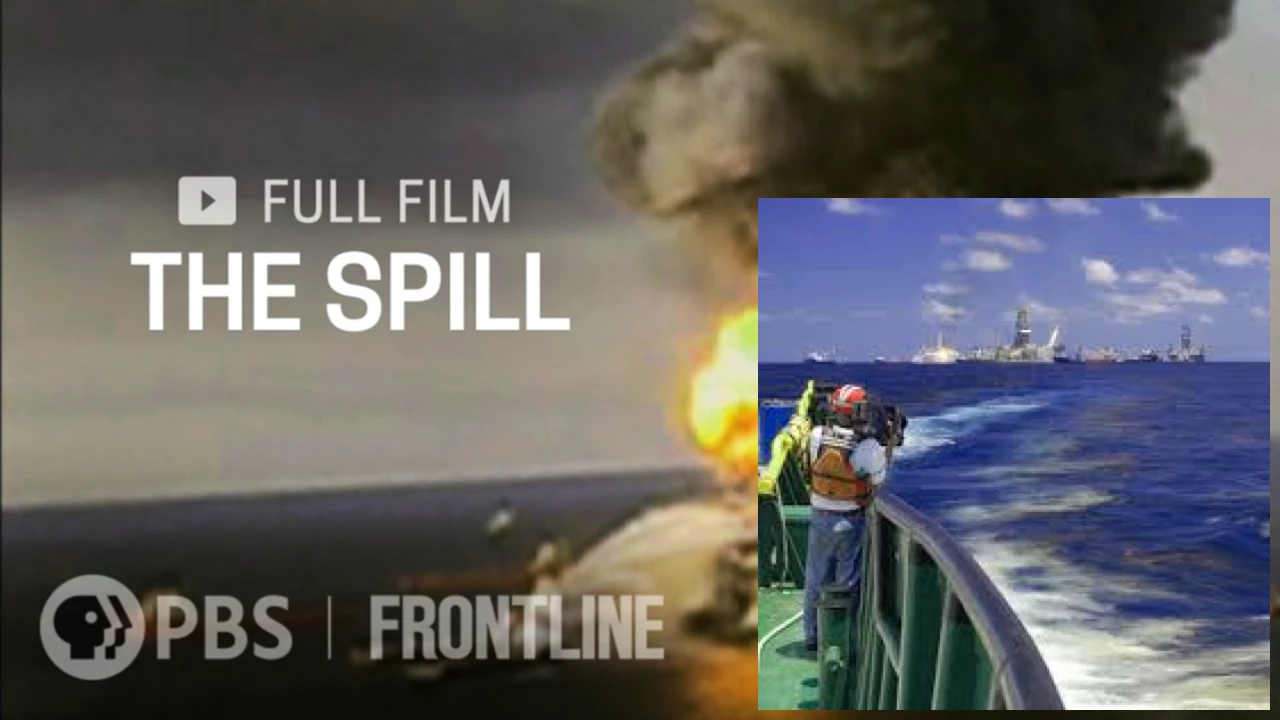Imagine a catastrophe unfolding underwater, unseen for hours, unleashing a torrent of oil that would change an ecosystem forever. The Deepwater Horizon explosion and subsequent oil spill wasn't just an accident; it was a watershed moment in environmental history. The sheer scale of the disaster, the lasting environmental damage, and the human cost serve as a constant reminder of the risks inherent in offshore drilling.
The Deepwater Horizon explosion and subsequent spill unleashed millions of barrels of crude oil into the Gulf of Mexico, causing widespread devastation to marine life, coastal ecosystems, and human communities. The long-term consequences are still being felt today, underscoring the critical need for stronger safety regulations and a more comprehensive approach to environmental protection in the energy sector.
Fifteen years later, the echoes of the Deepwater Horizon disaster continue to resonate, prompting a critical reassessment of offshore drilling practices and the need for robust safety protocols. The incident serves as a chilling reminder of the potential for catastrophic environmental damage and the importance of prioritizing safety over short-term economic gains.
Deepwater Horizon: The Catastrophe Unfolds
The Deepwater Horizon oil rig, operated by BP, exploded on April 20, 2010, resulting in the death of 11 workers and the release of an estimated 4.9 million barrels of crude oil into the Gulf of Mexico. This catastrophic event is widely considered the largest marine oil spill in history. The initial explosion was followed by an uncontrolled gusher of oil that lasted for 87 days, causing unprecedented environmental damage and economic disruption across the Gulf Coast region. Investigations revealed failures in safety procedures, regulatory oversight, and risk management contributed to the disaster.
- Multiple failures in the blowout preventer, a crucial safety device designed to prevent such spills, played a pivotal role in the disaster.
- Cost-cutting measures and a lack of adequate safety protocols contributed to the catastrophic failure.
- Poor communication and inadequate response from BP exacerbated the scale of the disaster.
The NOAA’s response to the Deepwater Horizon oil spill involved a multi-agency effort, including extensive cleanup operations, environmental monitoring, and research to assess the long-term consequences. The scale of the operation was immense, involving thousands of personnel and a wide array of technologies. The long-term effects on the Gulf ecosystem are still being assessed, highlighting the complex and protracted nature of environmental recovery following major industrial accidents.
Long-Term Environmental Impacts of the Deepwater Horizon Spill
The Deepwater Horizon spill had devastating consequences for marine life. Thousands of birds, sea turtles, and marine mammals perished directly as a result of oil exposure. The long-term impacts on populations of these species, as well as on the intricate food webs of the Gulf ecosystem, are still being investigated and are expected to persist for many years to come. The impact extended beyond immediate mortality, affecting reproduction, growth, and overall health of affected species. Deepwater Horizon’s legacy highlights the fragility of marine ecosystems and the need for enhanced protection measures.
| Species | Estimated Impacts |
|---|---|
| Seabirds | Significant mortality, long-term population decline |
| Marine Mammals | Reduced reproductive success, increased susceptibility to disease |
| Sea Turtles | Developmental abnormalities, habitat degradation |
Beyond the immediate devastation, the Deepwater Horizon spill had a profound impact on coastal communities. The spill severely affected the fishing and tourism industries, leading to job losses and economic hardship. Cleanup efforts, while extensive, failed to fully restore the affected areas, and the long-term economic and social impacts continue to be felt. The Deepwater Horizon oil spill serves as a cautionary tale, highlighting the interconnectedness of industrial activity, environmental health, and human well-being.
Deepwater Horizon and the Future of Offshore Drilling: A Call for Safer Practices
The Deepwater Horizon oil spill served as a wake-up call, highlighting the critical need for improved safety regulations and a more responsible approach to offshore drilling. The disaster prompted significant changes in the regulatory landscape, including stricter oversight of drilling operations, enhanced safety protocols, and increased penalties for non-compliance. However, ongoing debates regarding the balance between energy needs and environmental protection underscore the ongoing challenges in managing the risks associated with offshore drilling.
Deepwater Horizon: Lessons Learned and Future Preventative Measures
The Deepwater Horizon catastrophe underscored systemic failures in safety and regulatory oversight. Improved well design, enhanced blowout preventer technology, and more rigorous risk assessments are crucial steps towards preventing future disasters. Real-time monitoring technologies, improved emergency response planning, and stronger accountability for oil companies are also essential. The Deepwater Horizon catastrophe serves as a stark reminder that the pursuit of energy resources must be balanced against the need to protect our environment and the well-being of coastal communities.
“The Deepwater Horizon disaster was a tragedy that should never have happened. The lessons learned must be applied to prevent similar incidents in the future.”

